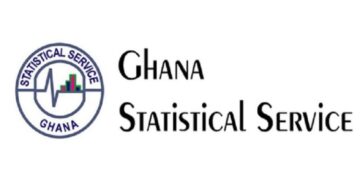Throughout the initial three quarters of 2023, the country experienced a concerning rise in the average unemployment rate, reaching 14.7 percent. This increase coincided with a notable uptick in the number of unemployed youth aged between 15 and 35, soaring from approximately 1.2 million to over 1.3 million within the same timeframe.
Alarmingly, the unemployment rate among females consistently outpaced that of males, highlighting a persistent gender imbalance in employment opportunities. These insights are derived from data sourced from the Annual Household Income and Expenditure Survey Quarter Three Labour Bulletin by the Ghana Statistical Service (GSS).
The survey further revealed that the number of youth without jobs in 2022 saw only a slight decline in the second quarter of the year. However, a sharp spike in the unemployment rate among females between the fourth quarter of 2022 and the first quarter of 2023 resulted in a wider gender gap in unemployment for 2023 compared to 2022.
Additionally, approximately 440,000 individuals entered the labor force between the first and third quarters of 2023, with more than 60.0 percent of them successfully securing employment during this period. Notably, the employment figures consistently depicted a higher proportion of females being employed compared to males, with the discrepancy averaging around 600,000 to 900,000 individuals for the years 2022 and 2023, respectively.

In terms of geographical distribution, the number of employed people in urban areas remained relatively stable throughout the first three quarters of 2023, following quarterly variations in 2022. Conversely, in rural areas, the number of employed persons witnessed a steady increase for five consecutive quarters, starting in the second quarter of 2022, before declining in the third quarter of 2023.
Moreover, the disparity in unemployment rates between urban and rural areas widened successively during the first three quarters of 2023, with urban areas experiencing nearly double the unemployment rate compared to rural areas in the second and third quarters of 2023.

Despite fluctuations in labor force participation rates between the fourth quarter of 2022 and the first quarter of 2023, stability was observed across the first three quarters of 2023. Additionally, the labor market’s ability to absorb individuals seeking employment, as indicated by the absorption rate, exhibited a consistent increase from the second quarter of 2022 to the third quarter of 2023.

































